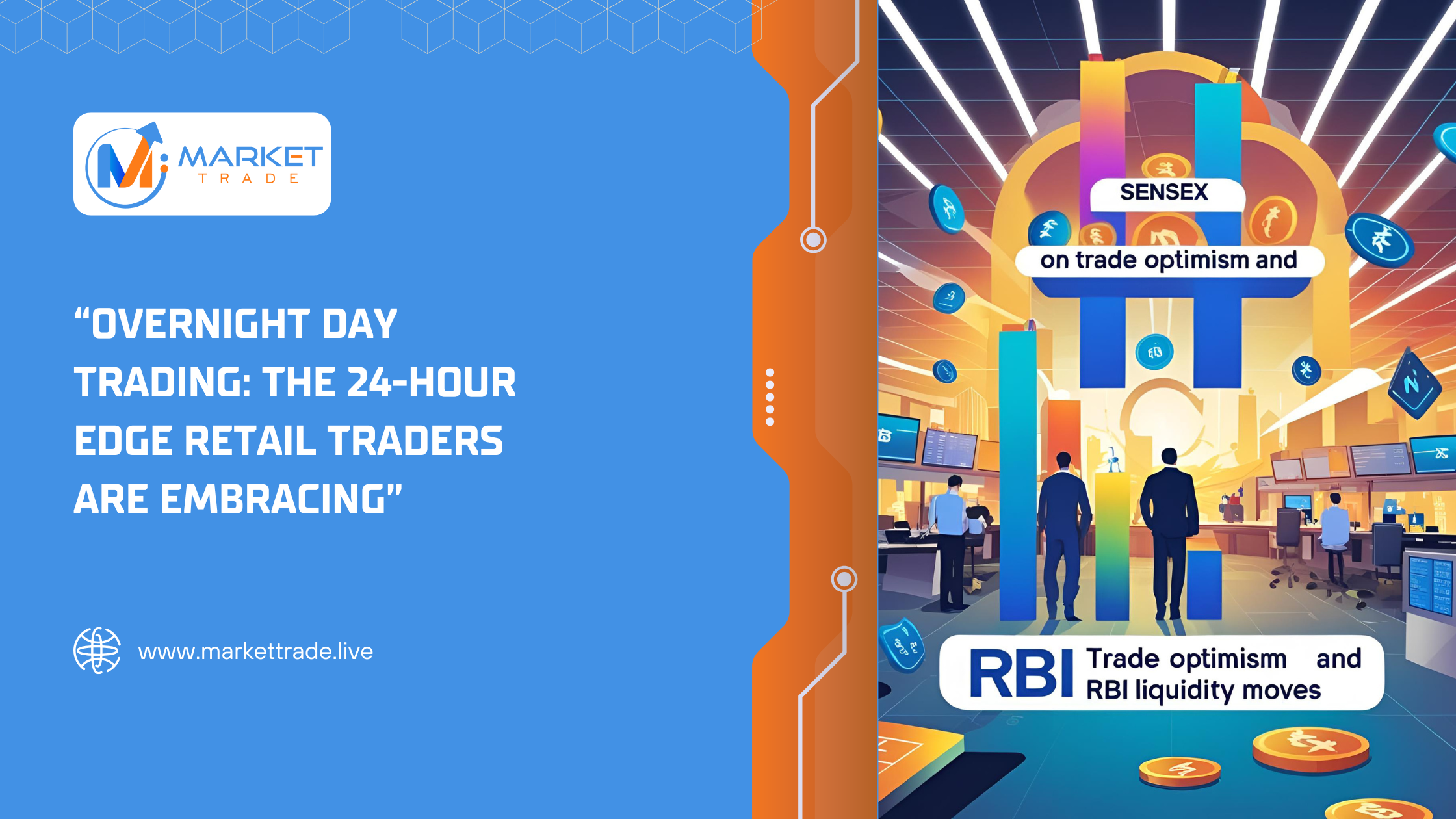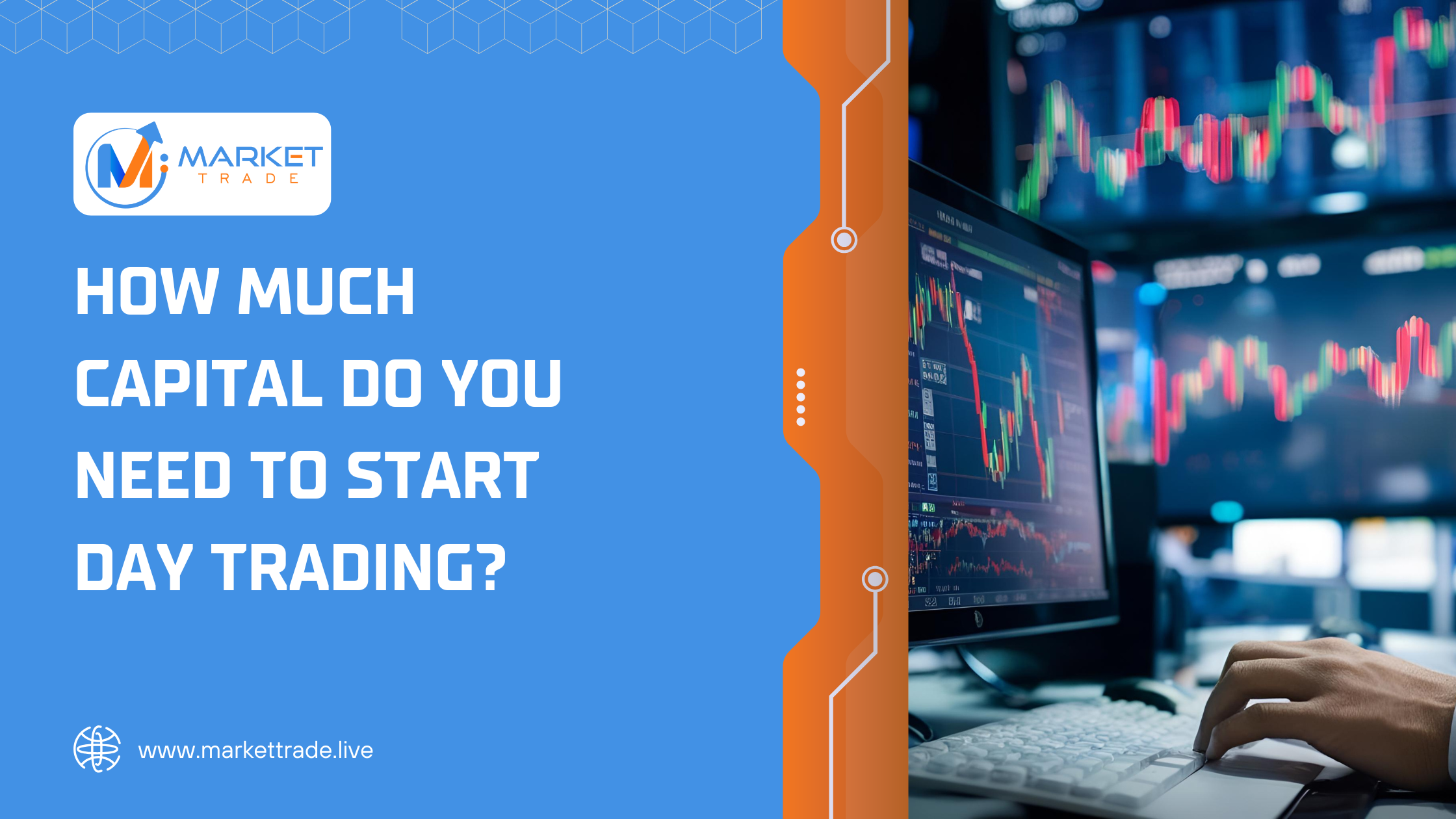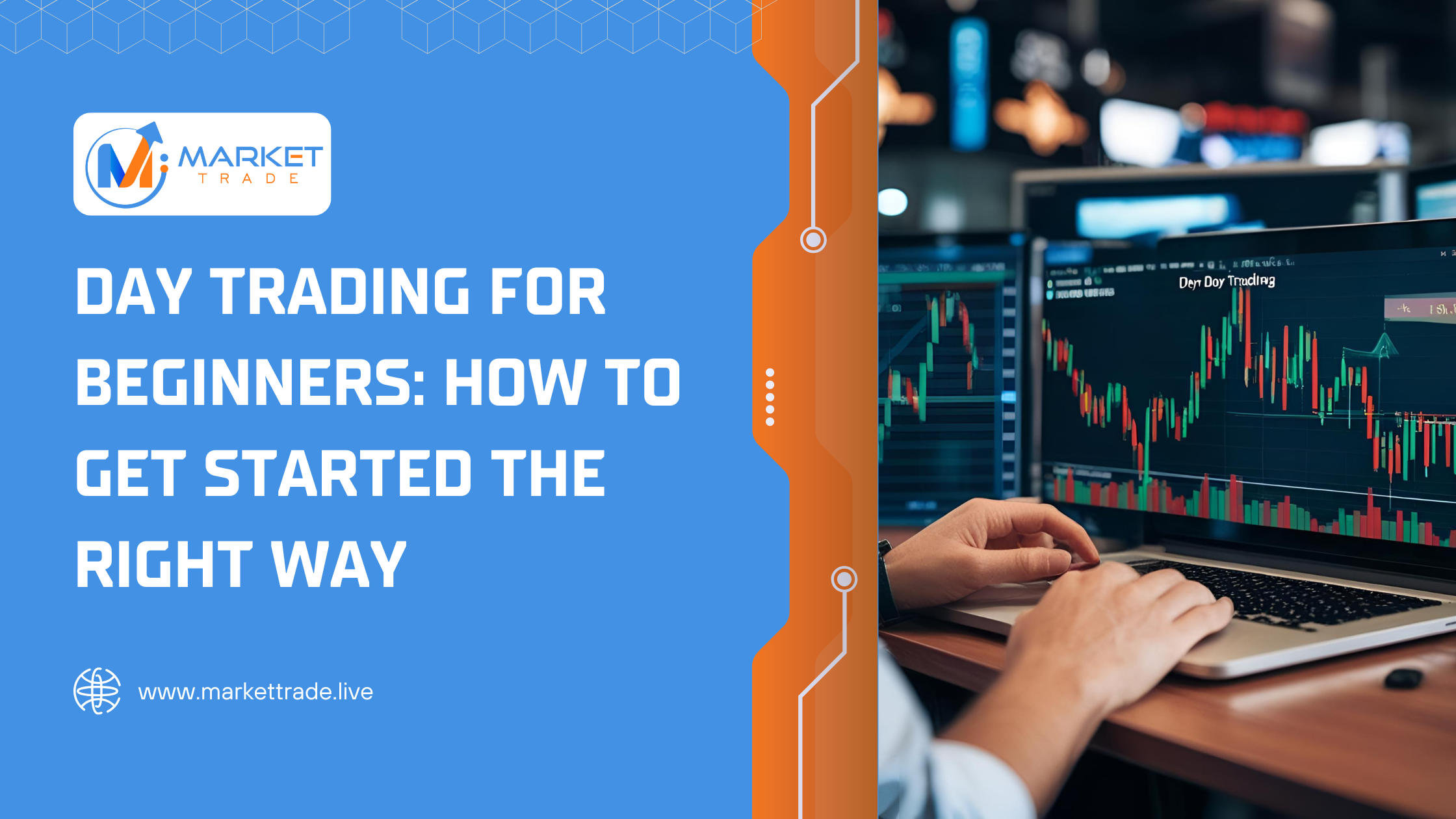
Every trader reaches a point where strategy alone cannot push results any further. At that stage, the quality of your trading platform becomes the silent factor shaping your wins, losses, consistency, and confidence. The market rewards precision, timing, and informed decisions. These traits come easier when your platform is built to support serious traders, not simply provide entry-level functions. For traders focused on NSE trading, this becomes even more meaningful. Market movements in the Indian market can shift quickly and often favor traders who have access to strong tools, rapid execution, and updated data feeds. Choosing the best online trading platform has less to do with aesthetics and more to do with building a strong foundation for profitable action. Below is a detailed look at how the right platform directly influences performance in ways many traders overlook. Trading Efficiency Depends On Technology That Keeps Up With Market Rhythm Markets never pause. Prices change every second, and the traders who respond at the right moment see better outcomes. A platform with optimized execution infrastructure can reduce slippage and help you enter the market exactly where you planned. This is especially significant if you rely on strategies like scalping, momentum trading, or breakout entries. On a slow platform, the order you intended to place at a good price can fill at a less favorable level. Over multiple trades, this difference quietly affects your profitability. A fast, well-built system protects you from these unwanted gaps. Data Accuracy Supports High-Quality Decisions A common misconception is that all platforms display the same data. They do not. Some deliver delayed or filtered price feeds. Others struggle during high-volume periods. When you choose a platform that delivers real-time, accurate market information, you eliminate a major blind spot. For traders studying NSE trading, reliable data can be the difference between catching the right trend and entering late. Accurate depth-of-market views, price ladders, and tick-by-tick updates help traders plan entries with much greater confidence. Being early is good. Being right is better. Accurate data helps you achieve both. Advanced Charting Tools Help You Spot Setups You Would Have Missed Charts are not simply visual aids. They are the core of technical trading. A powerful charting system lets you zoom into price behavior, compare multiple timeframes, apply indicators without clutter, and mark key zones with clarity. When your trading platform supports this level of detail, you start seeing patterns earlier and more clearly. Your support and resistance levels become more precise. Your trendlines align better with market intent. Your indicators give signals that match live conditions instead of lagging. In a market where small edges decide long-term success, this clarity matters. Intelligent Interface Design Keeps You Focused on Your Trade Plan Traders often overlook the psychological impact of their platform’s layout. Too many buttons, unclear order panels, or poorly organized charts can distract you during important moments. A good interface simplifies your workflow. When your dashboard makes it effortless to check open positions, adjust stop loss, evaluate charts, and place new trades within seconds, your mind stays calm and focused. This leads to better discipline and fewer impulsive decisions. A trading environment that works with your mind, not against it, quietly improves your overall performance. Flexibility Across Devices Strengthens Your Market Awareness Markets react to news, events, and unexpected triggers. With a platform that works smoothly on desktop, mobile, and tablet, you can review positions or manage urgent trades when needed. This flexibility is particularly valuable for traders managing multiple positions. When you can step away from your desk without losing access to live data or execution, you avoid missing opportunities or leaving open trades unmanaged. This freedom increases your consistency, which is an important part of long-term growth. Tools That Support Risk Management Shape Your Profit Curve Profit grows when risk shrinks. The best online trading platform makes risk management easy to apply. Look for features such as: These features strengthen your ability to manage risk before it becomes a problem. Your chances of long-term profitability increase when your platform makes disciplined trading easier, not harder. Research Insights and Market Content Help You Stay Ahead Staying informed gives you a clear advantage. Platforms that provide timely market insights, stock overviews, volatility reports, and trading ideas help you prepare better. Even experienced traders benefit from broader market perspectives. Good insights do not replace your strategy, but they help you understand the bigger picture. Why Choose Markettrade as Your Online Trading Platform? Markettrade focuses on giving traders a balanced blend of speed, clarity, updated data, and flexibility. Instead of overwhelming traders with unnecessary features, Markettrade offers tools that fit real trading workflows. Its design is centered on helping traders execute confidently, study charts with accuracy, and handle NSE trading without complications. Markettrade’s platform supports fast order placement, detailed charting options, real-time updates, and a clean interface that helps you maintain steady focus. Whether you manage short-term opportunities or long-term setups, the system is built to keep you organized and informed. You get access to charts that display price behavior clearly, order functions that respond instantly, and market data that reflects the actual activity happening live. These elements strengthen your trading decisions and support strategies built around timing and precision. Markettrade becomes especially valuable for traders who want a platform that respects their time. It reduces delays, supports accurate analysis, and delivers essential tools without creating clutter. This thoughtful structure helps traders make informed moves and aim for better results with each decision. When your platform improves your clarity, speed, and accuracy, your trading naturally becomes stronger. Markettrade is built to support that level of improvement and help traders move toward consistent growth. FAQs 1. Does the choice of platform really influence profit? Yes. Your platform affects execution speed, data accuracy, and decision-making. Three factors that strongly influence trading outcomes. 2. What makes a platform good for NSE trading? Reliable price feeds, smooth charting, and instant execution. The Indian markets move quickly, so your tools must keep up. 3. How does










